Many of us want to look our best, but at what cost? The beauty industry is filled with products promising amazing results, yet some contain ingredients that may be harmful to our health. As consumers, we need to be aware of what we’re putting on our skin and in our bodies.
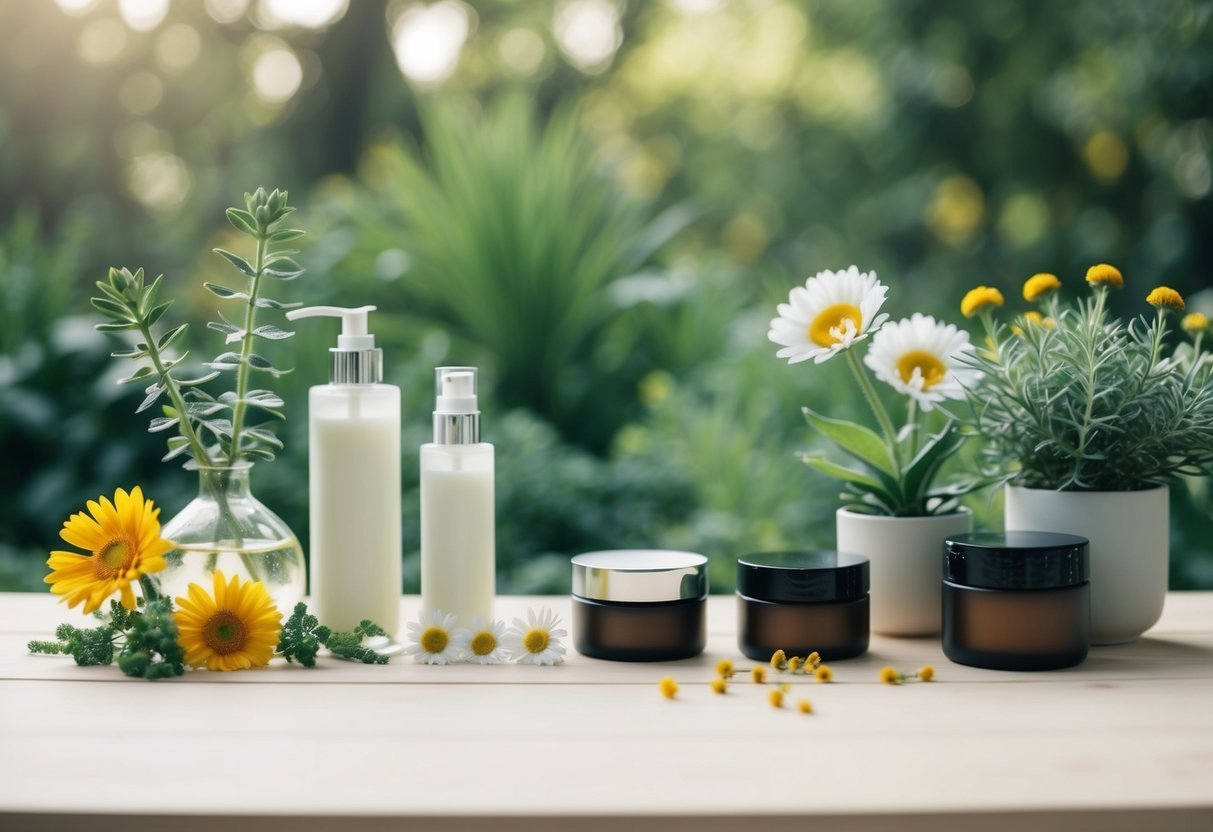
By learning to identify and avoid potentially toxic chemicals in cosmetics and skincare items, we can make smarter choices for our wellbeing. We’ll explore some practical tips for selecting safer beauty products and steering clear of concerning ingredients. Armed with this knowledge, we can feel more confident about the products we use in our daily routines.
1) Read Ingredient Labels
We can’t stress this enough – always check those ingredient lists! It’s the best way to know what we’re putting on our skin.
Many beauty products contain hidden nasties that can irritate our skin or even harm our health. That’s why we need to become label detectives.
Look out for common allergens like formaldehyde and parabens. These can cause reactions in sensitive skin types. We want to steer clear of those if possible.
Natural doesn’t always mean safe, though. Some plant-based ingredients can still cause irritation. It’s about finding what works for our unique skin.
Tools like Clearya and Think Dirty can help decode complicated labels. They rate product safety and suggest cleaner alternatives. Super handy when we’re overwhelmed by long ingredient lists!
The lower down an ingredient is listed, the less of it there is in the product. Focus on the first few ingredients – they make up most of the formula.
With practice, we’ll get better at spotting potentially problematic ingredients. Our skin will thank us for taking the time to read those labels carefully.
2) Avoid Parabens and Phthalates
We’ve all heard about parabens and phthalates, but what’s the big deal? These synthetic chemicals are commonly used in beauty products as preservatives and fragrances.
Unfortunately, they can mess with our hormones and potentially cause long-term health issues. That’s why we’re ditching them from our routines.
When shopping for cosmetics, we scan ingredient lists carefully. We look out for words ending in “-paraben” like methylparaben or propylparaben. For phthalates, it’s trickier since they’re often hidden under “fragrance” on labels.
We opt for products explicitly labeled “paraben-free” and “phthalate-free” to be safe. Natural preservatives like vitamin E or grapefruit seed extract are great alternatives we love.
Fragrance-free or naturally scented items are our go-to choices to avoid sneaky phthalates. We’ve found plenty of pure, organic options that smell amazing without the nasty chemicals.
By being mindful of these ingredients, we’re treating our skin to cleaner, gentler formulas. Our bodies thank us for it!
3) Go Fragrance-Free
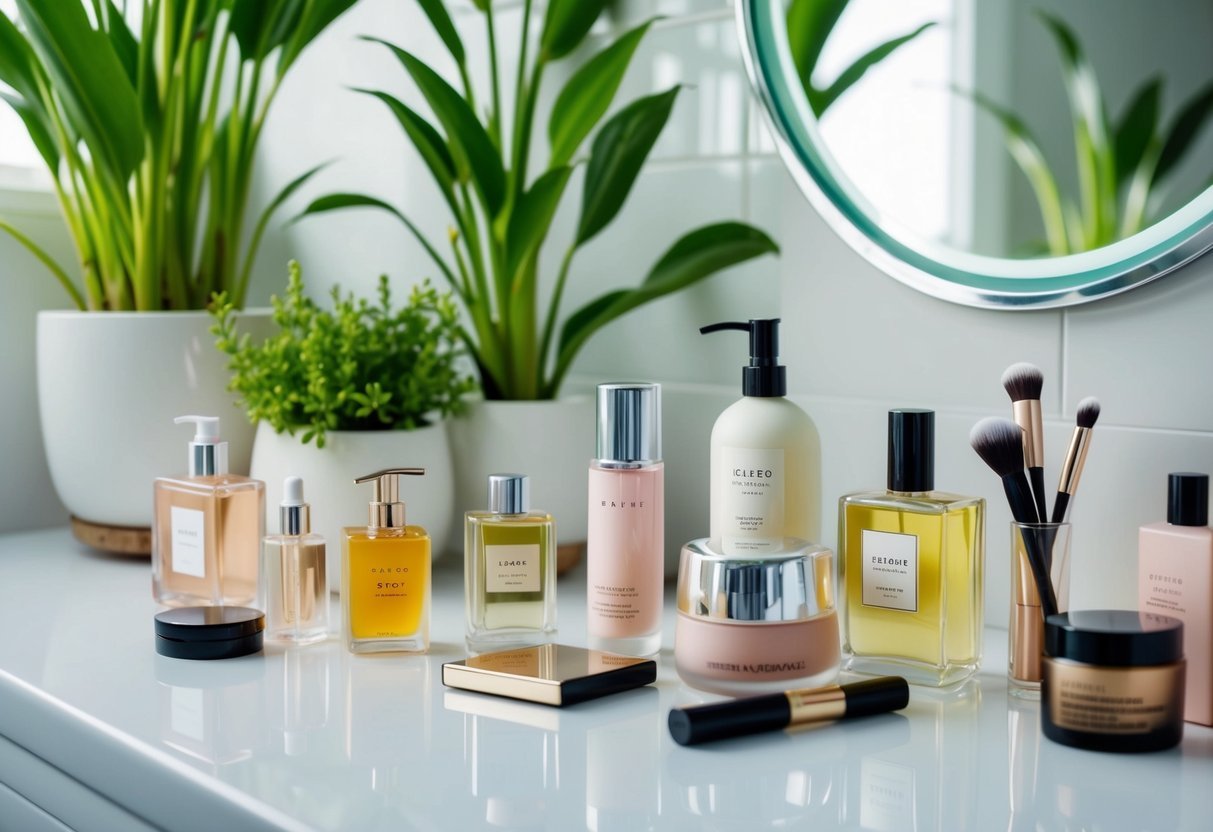
Let’s ditch those synthetic scents! Many beauty products contain artificial fragrances that can irritate our skin and potentially harm our health. We’re talking about hidden phthalates and other nasty chemicals lurking in that innocent-sounding “parfum” on the label.
Opting for fragrance-free alternatives is a smart move. We can look for products that explicitly state “fragrance-free” or “unscented” on their packaging. But be careful – some “unscented” items might still contain masking agents.
Natural doesn’t always mean safe, though. Even essential oils can cause skin reactions for some of us. If we’re sensitive, it’s best to stick with products that have no added scents at all.
We can also make our own beauty concoctions at home. Simple ingredients like coconut oil, shea butter, and aloe vera gel are great bases for DIY moisturizers and hair treatments. This way, we know exactly what’s going on our skin.
Remember, our noses might miss those familiar fragrances at first. But our bodies will thank us for choosing purer, gentler options in the long run.
4) Choose Organic Brands
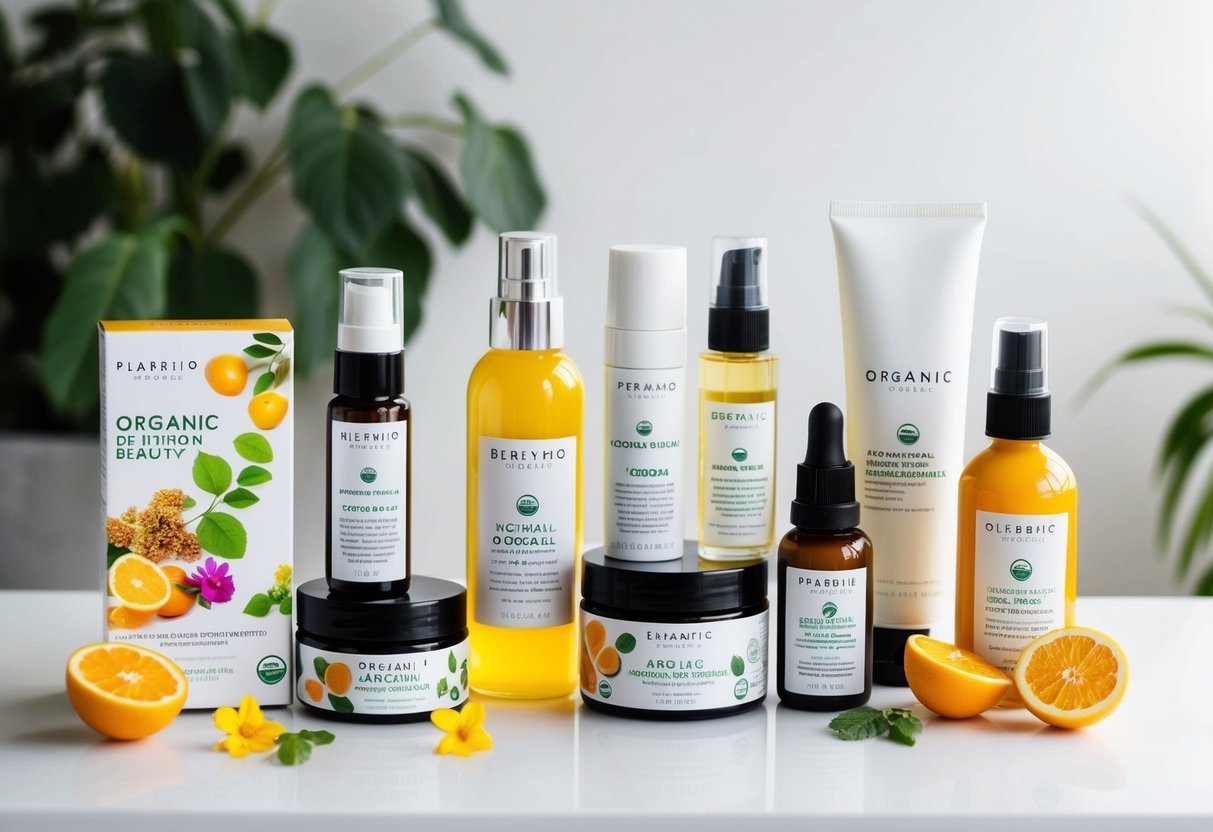
When it comes to avoiding harmful chemicals, organic beauty brands are our go-to. These companies prioritize natural ingredients and steer clear of synthetic nasties. We love brands like 100% PURE, which offers USDA certified organic products packed with nutrients for our skin.
Zao Makeup is another fantastic option. They’ve got a wide range of natural, organic, and vegan-certified cosmetics. Plus, their products are refillable, which is a win for our wallets and the planet.
For a minimalist makeup look, Well People has us covered. Their plant-based ingredients create that perfect no-makeup vibe we’re often after. They offer everything from mini mascaras to moisturizers with SPF.
We’ve found that truly non-toxic makeup brands are often lesser-known gems. It’s worth looking beyond popular “clean” brands, as some still use questionable ingredients. Instead, we opt for companies committed to 100% natural formulations.
Remember, organic doesn’t always mean boring! These brands offer a rainbow of luminous colors and textures suitable for all skin types. By choosing organic, we’re treating our skin to the best nature has to offer.
5) DIY Your Beauty Products
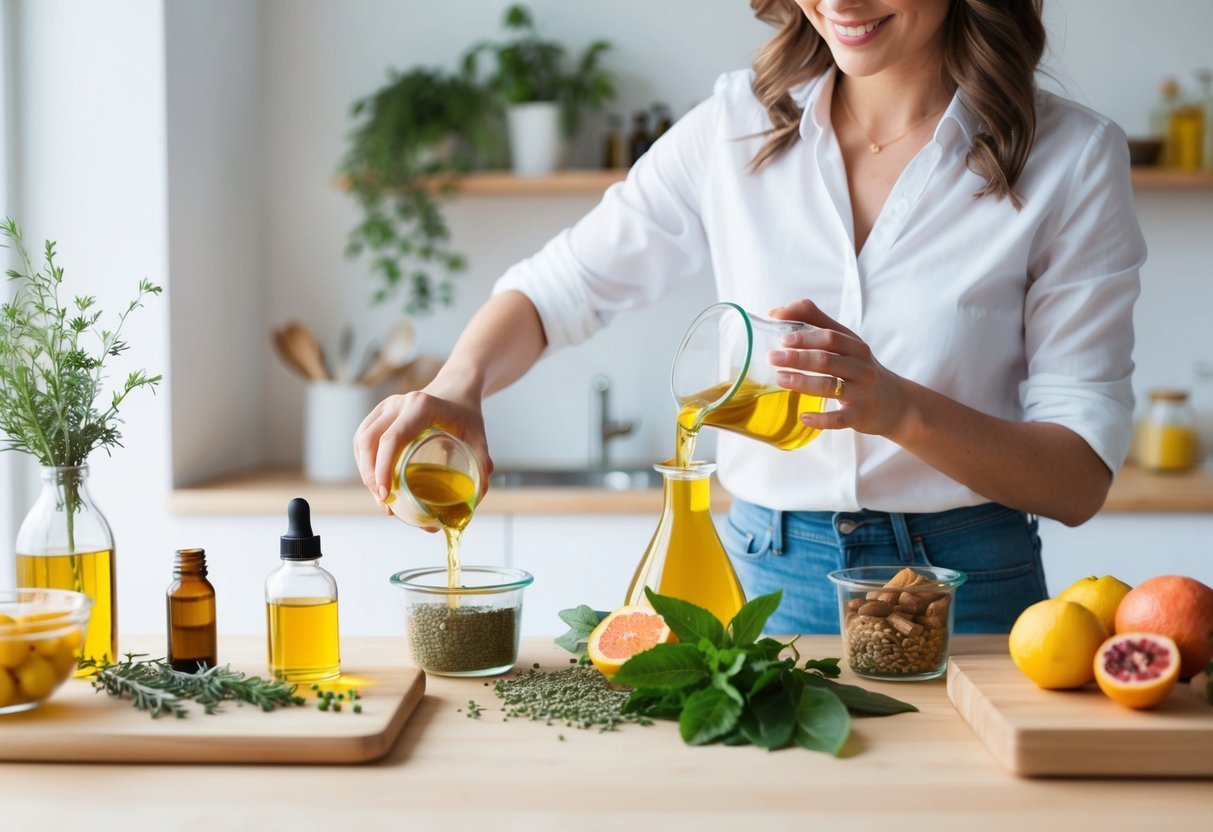
Creating your own beauty products at home is a fantastic way to avoid harmful chemicals. We love experimenting with natural ingredients to make safe, effective skincare and cosmetics.
Simple items like coconut oil, shea butter, and beeswax can form the base of many homemade beauty concoctions. We enjoy whipping up custom body scrubs using sugar or salt mixed with nourishing oils.
Facial masks are another fun DIY project. Mashed avocado, honey, and oatmeal make a soothing blend for dry skin. For oily complexions, we mix up clay powder with a splash of apple cider vinegar.
Lip balms and body butters are surprisingly easy to craft at home too. Melting together cocoa butter, beeswax, and a few drops of essential oil creates a luscious, chemical-free moisturizer.
We recommend starting with basic recipes and then customizing them to suit your preferences. Using organic, food-grade ingredients ensures your homemade products are pure and gentle on skin.
Remember to store your creations properly, especially if they contain perishable ingredients. Small glass jars work well for most homemade cosmetics.
Understanding Harmful Chemicals
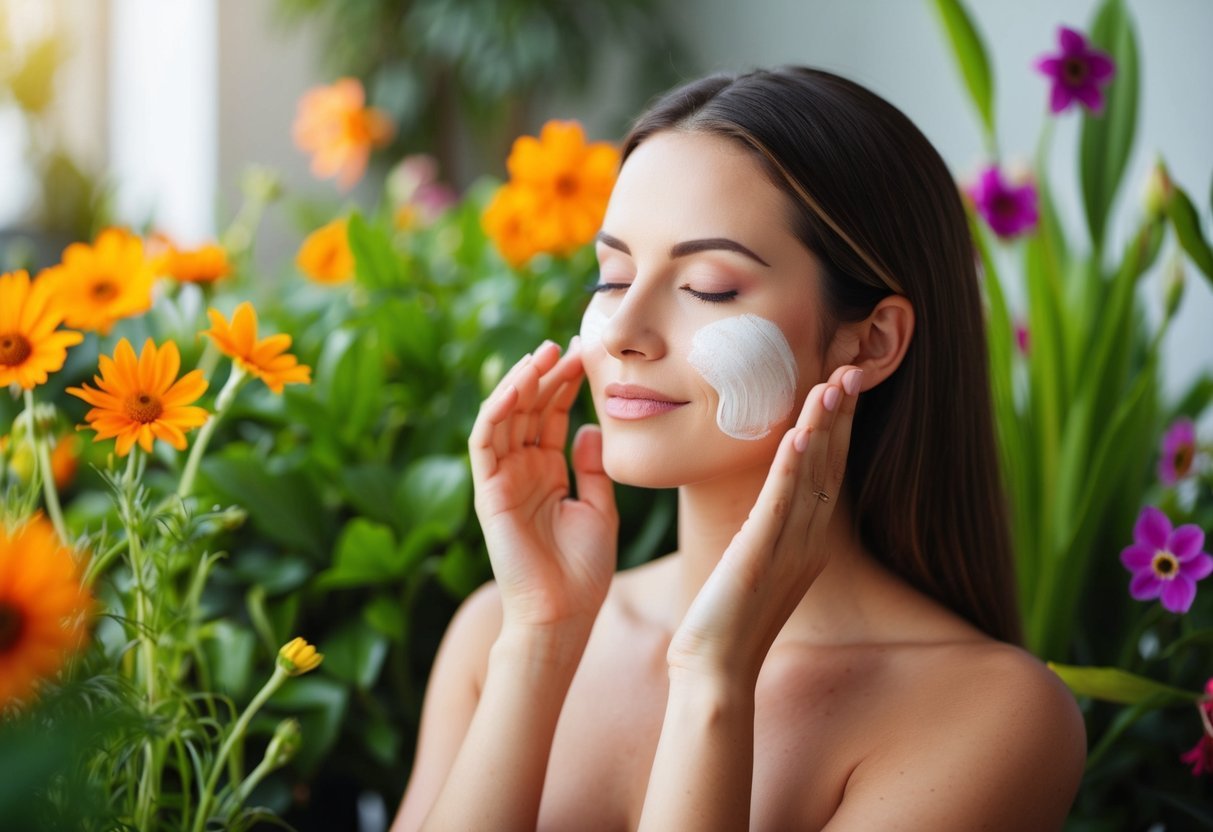
Many beauty products contain ingredients that can potentially harm our health and the environment. Knowing which chemicals to watch out for and why they’re problematic is crucial for making safer choices.
Why Some Ingredients Are Harmful
Some chemicals in cosmetics can disrupt our hormones, irritate our skin, or even increase cancer risk. These ingredients often accumulate in our bodies over time, leading to long-term health issues. Environmental concerns also arise, as these substances can pollute water sources and harm wildlife.
We’ve learned that even small amounts of certain chemicals can be dangerous. Shockingly, over 1,000 potentially harmful ingredients are allowed in U.S. beauty products, including known carcinogens. Many of these aren’t properly regulated, leaving us to fend for ourselves when choosing safe options.
Common Harmful Ingredients
Parabens, phthalates, and formaldehyde are some usual suspects in beauty products. These can mess with our hormones and may be linked to cancer. Synthetic fragrances often contain undisclosed chemicals that can trigger allergies or asthma.
Sulfates, commonly found in shampoos, can strip our hair and skin of natural oils. Triclosan, an antibacterial agent, may contribute to antibiotic resistance. We should also watch out for BHA and BHT, synthetic preservatives with potential health risks.
To avoid these nasties, we can use tools like Clearya or Think Dirty while shopping. These apps help us spot harmful ingredients and find cleaner alternatives. Opting for MADE SAFE® certified products is another great way to ensure we’re using truly safe cosmetics.
Reading Labels Effectively
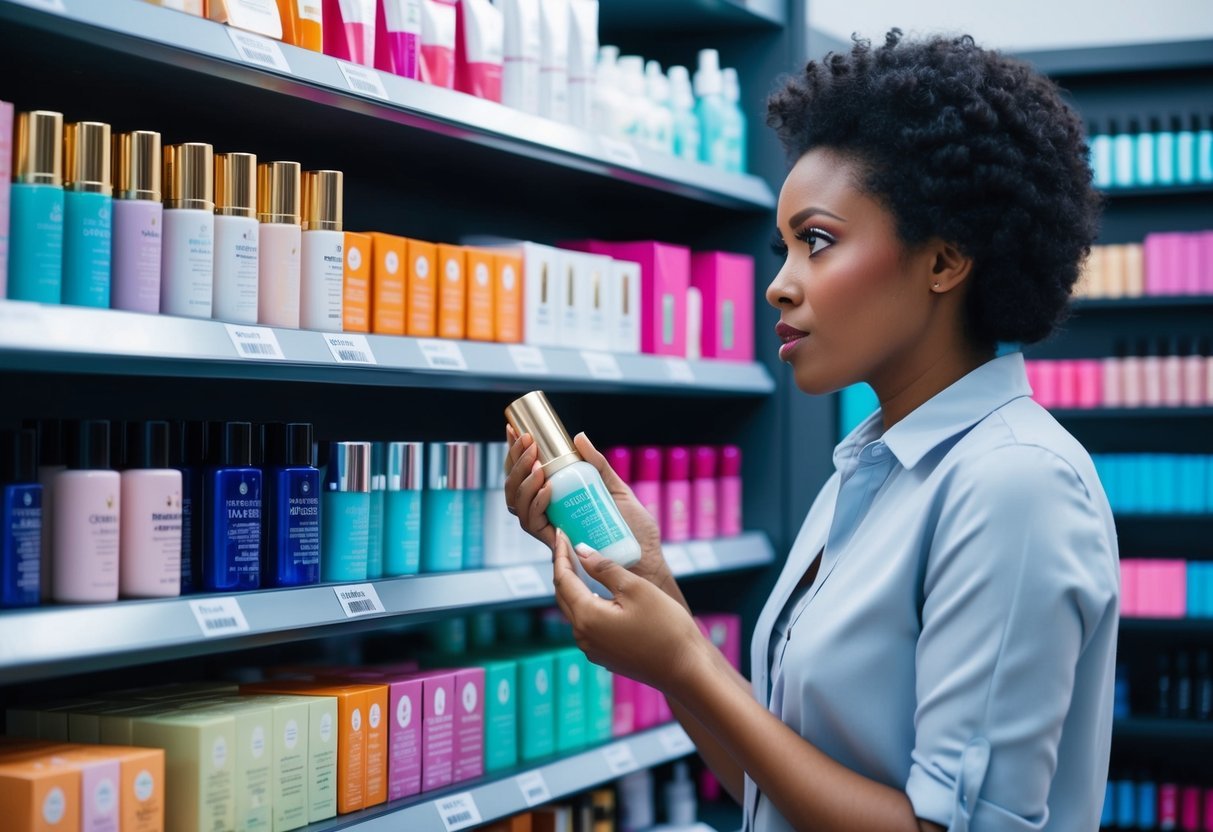
Understanding beauty product labels is crucial for making informed choices about what we put on our skin. Let’s explore how to decipher ingredient lists and identify key terms to watch out for.
Key Terms to Look Out For
When scanning labels, we should keep an eye out for certain red flags. Formaldehyde and its derivatives like paraformaldehyde can be skin irritants. Parabens, often used as preservatives, may disrupt hormones. Synthetic fragrances can trigger allergies or sensitivities.
We recommend looking for products labeled “fragrance-free” rather than “unscented,” as the latter may still contain masking scents. “Hypoallergenic” doesn’t guarantee no reactions, but it’s a good start for sensitive skin.
Certifications like USDA Organic or EWG Verified can offer extra assurance of product safety and purity.
How to Decode Ingredient Lists
Ingredient lists can be daunting, but we’ve got some tips to make them less mysterious. Items are listed in order of concentration, so the first few ingredients make up the bulk of the product.
Look for natural oils, plant extracts, and familiar ingredients near the top. Long, chemical-sounding names aren’t always bad – they might be vitamin derivatives or gentle preservatives.
We love using apps like Think Dirty or Clearya while shopping. They can quickly scan products and flag potential concerns.
Remember, “organic” on a label doesn’t mean the entire product is organic. Check for specific organic ingredients in the list.
Choosing Natural Alternatives
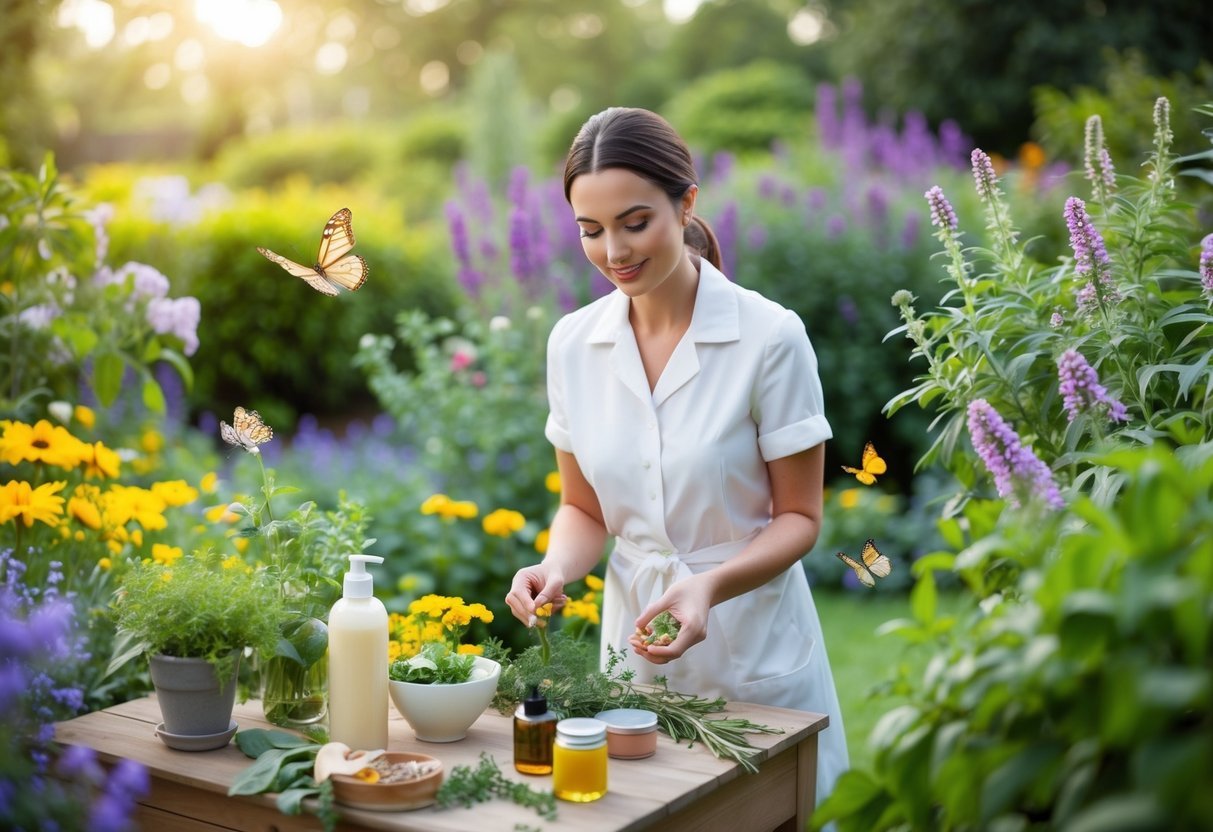
Natural beauty products offer a safer alternative to conventional cosmetics. They harness the power of plant-based ingredients to nourish and enhance our skin without harsh chemicals.
Benefits of Natural Ingredients
Natural ingredients pack a punch when it comes to skin health. Essential oils like lavender and tea tree have antimicrobial properties. Meanwhile, coconut oil moisturizes deeply, and aloe vera soothes irritation.
We love how gentle these ingredients are. They work with our skin, not against it. Many also have antioxidants to fight aging.
Plant oils are rich in vitamins and fatty acids. They nourish without clogging pores. Meanwhile, shea butter protects and hydrates, and green tea extract calms redness.
Natural products often smell amazing too. No artificial fragrances needed!
Popular Natural Brands
Many awesome brands are embracing clean beauty. Here are a few we adore:
- RMS Beauty: Uses raw, food-grade ingredients
- Juice Beauty: Organic fruit-based skincare and makeup
- 100% Pure: Fruit-pigmented cosmetics
Tata Harper crafts luxury natural skincare. Their products feel indulgent and effective.
Herbivore Botanicals focuses on minimalist formulas. We love their pretty packaging too.
For makeup, try Ilia or Kjaer Weis. They offer high-performance products without nasties.
These brands prove natural can be just as good (if not better) than conventional. Give them a try!
Frequently Asked Questions

Navigating the world of beauty products can be tricky when it comes to avoiding harmful chemicals. We’ve compiled some key questions and answers to help you make safer choices for your skincare and cosmetics routine. As the demand for safer and more effective products rises, understanding labels and ingredients becomes essential. To simplify your search, consider familiarizing yourself with clean beauty ingredients to seek, such as hyaluronic acid, natural oils, and plant extracts. These ingredients not only nourish your skin but also help you steer clear of harmful additives commonly found in conventional beauty products.
What ingredients should I dodge in my skincare to stay safe?
We recommend steering clear of parabens, phthalates, and formaldehyde-releasing preservatives. These chemicals can disrupt hormones and potentially cause other health issues. Look for products that explicitly state they’re free of these ingredients.
Can you name some toxic ingredients in makeup that I should totally avoid?
Watch out for lead acetate in hair dyes, talc in powders, and triclosan in antibacterial products. These ingredients have been linked to various health concerns. Opt for mineral-based makeup and natural colorants instead.
Any tips for spotting harmful chemicals when I’m shopping for cosmetics?
We suggest becoming familiar with ingredient names and their potential risks. Check labels for words like “fragrance” or “parfum,” which can hide numerous undisclosed chemicals. Look for products that list all ingredients clearly.
Are there any apps that help identify nasties in beauty products?
Yes! Apps like Think Dirty, EWG’s Healthy Living, and Yuka can be super helpful. They let you scan product barcodes to get instant info on potentially harmful ingredients. It’s like having a personal beauty detective in your pocket.
How do I protect my skin from bad stuff in hair care products?
We recommend choosing sulfate-free shampoos and silicone-free conditioners. Look for natural oils and plant-based ingredients instead. Also, avoid products with artificial fragrances, as these can contain hidden chemicals that may irritate your skin.
What moves can I make to cut down on my use of products with harmful chemicals?
Try simplifying your beauty routine. Use fewer products overall and opt for multi-purpose items.
Consider making your own beauty treatments using natural ingredients like honey, oatmeal, and coconut oil. This way, you know exactly what’s going on your skin.

